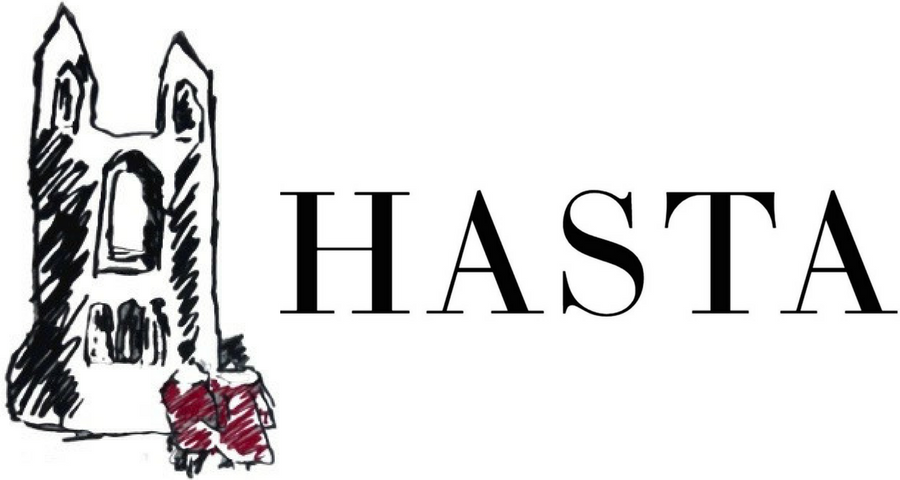On Gerhard Richter at Fondation Louis Vuitton:
By: Sadie McGraw
Gerhard Richter at Work, Image courtesy of Netflix
With a colossal monographic exhibition at Fondation Louis Vuitton in Paris, Gerhard Richter is “so back”. Now, for the first time, a collection retrospective collection of Richter’s work will be on view until March of 2026, at a similar in scale to Fondation Louis Vuitton’s prior monographic exhibitions of Rothko, Hockney, and Basquiat. The exhibit covers Richter’s six-decade career in chronological order, with an extensive 275-piece oeuvre. “It presents the body of work he wanted to define for eternity,” says Suzanne Pagé, artistic director of the FLV. The curators of the show, Dieter Schwarz and Nicholas Serota were chosen specifically by Richter himself. Schwarz defines the goal of the exhibit as “to do a really comprehensive show” and remarked on the struggle to deal with Richter’s extensive portfolio, stating that the curators have opted for a purely chronological approach to the works. Through chronology, Richter’s work can be understood more adequately and demonstrates how his early, more realistic works connects to his later abstract pieces. This exhibition is a showcase of Richter’s mastery of painting and style.
Image 2: Gerhard Richter, Tisch, 1962. Oil on canvas, 90 x 113 cm. Private Collection
The showcase consists of 10 galleries separated both by period and style. The show opens with what is widely considered Richter’s first painting, the gray and gray piece titled Tisch (Table), a display both of Richter’s inspiration from photography and early stages of his signature Vermalung or “overpainting” technique. Gallery 1 includes themes of his family’s past as well as darker times in German history, as seen in Bombers. Throughout this gallery, Richter explores a “pseudo expressionist impasto style”, a testament to his experimentation within painting throughout his career.
Gallery 2 includes the 48 Portraits cycle, created for the 1972 Venice Biennale, showcasing is innovation, as well as his formal training. Richter attended the Dresden Academy of Fine arts, allowing him to engage with traditional forms such as still life painting, portraiture, landscape, and history lens. 48 Portraits shows the full emergence of Vermalung through the reproduction of traditional subject matter, such as Titian’s annunciation. Richter reinterprets these historical and traditional subjects through a contemporary lens, mainly through abstraction.
Image 3: Gerhard Ritcher, 4900 Colours. Image courtesy of Fondation Louis Vuitton
For a casual Richter enjoyer, galleries 7-9 showcase his most popular paintings, created in the late 1990s. During these times, Richter produces small works, both figurative and abstract, but it is the latter that are more widely celebrated. This period is defined primarily by the two series, 4900 Colours and Cage Paintings. 4900 Colors is culmination of Richter’s early investigations of color field paintings, as well as working alongside movements like Abstract Expressionism, Pop Art, and more. Richter refuses to fully adopt late 20th century movements such as these, evidenced by the variety of his work, but surrenders to the popular themes of the movements such as chance, realism, and abstraction. Similarly, Cage Paintings is another exploration of Richter’ s assay of abstraction and technique. These pieces are the result of layers of painting and erasures. By using squeegee, brushstrokes, and other scraping, Richter traverses the limitations of form and representation. Both Cage Paintings and 4900 Colours challenge traditional conventions of pictorial or realistic representation, as Richter masterfully blurs the line between figuration and abstraction.
Galleries 9 and 10 span from 2009-2017, up until Richter unexpectedly abandoned painting to work with other mediums such as glass works and Strip images. Most strikingly included in these galleries are his September pieces, representations of the September 11th attacks. Though the scale of the paintings are no larger than a small television, the works are quietly impactful with the receptivity of interpretation.
Image 4: Gerhard Ricther. Birkenau, 2014. Oil on canvas 260 x 200 cm. Catalogue Raisonné
Regardless of period and style, Richter maintains consistent themes throughout his work such as human relationship with reality. Within his portraits and more traditional figurations, Richter depicts family members with little intervention between the organic image and the product. These pieces have a consistent hazy, glowing light that the figures hair and clothing seem to emit. This signature lighting creates an innate nostalgia, similar to watching family videos. The passage of time has been artfully depicted through the layers of paint in pieces such as Betty, a depiction of his daughter, painted ten years after the original picture was taken. Even in his later abstractions, Richter harnesses an ability to depiction of time and memory without figural representation. His Birkenau cycle, created in 2014, is a powerful posthumous depiction of the concentration camps. The photos of Birkenau that acted as source material are completely abstracted, resting encoding in four large paintings. Richter’s technique and treatment of color in this cycle relay the heavy power of history, literally dripping with pure emotion.
At 93, Richter is quietly retired on the outskirts of Cologne. Suzanne Pagé comments on Richter’s impact on the artistic world, stating “Richter’s art bears the responsibility of the world, the great dramas of history and of today… His are the ones that stop you, the ones that make you see.” This exhibition is a powerful display of Gerhard Richter’s genius and mastery across style and time.




